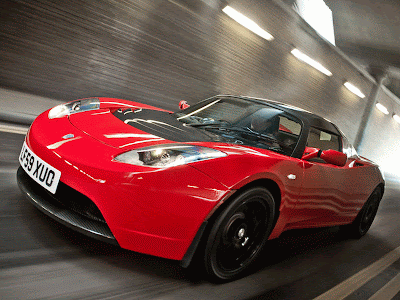Toyota FT-EV Concept



The Toyota FT-EV concept shares its platform with the revolutionary-new Toyota iQ urban commuter vehicle. Already a huge hit in Japan, the iQ is lightweight and seats four passengers in comfort and security, while delivering exceptional mileage, sporty performance, unique refinements and a fun, youthful image.

Toyota FT-EV concept imagines an urban dweller, driving up to 50 miles between home, work and other forms of public transportation, such as high-speed rail. Although, for now, the Toyota FT-EV remains a pure concept, it represents a natural pairing of product strategies.
Though BEVs and new smaller vehicles like the iQ will be a key component of Toyota's sustainable mobility strategy, the conventional gas-electric hybrid, like the all new third-generation Prius, is considered Toyota's long-term core powertrain technology.

The first-generation lithium-ion batteries powering these PHVs will be built on an assembly line at Toyota's PEVE (Panasonic EV Energy Company, LTD) battery plant, a joint-venture production facility in which Toyota owns 60 percent equity. During its development, the new Prius was designed and engineered to package either the lithium-ion battery pack with plug-in capability, or the nickel-metal hydride battery for the conventional gas-electric system.
The 500 PHVs arriving globally in late 2009 will be used for market and engineering analysis. Lease-fleet customers will monitor the performance and durability of the first-generation lithium-ion battery, while offering real world feedback on how future customers might respond to the plug-in process.



No comments:
Post a Comment